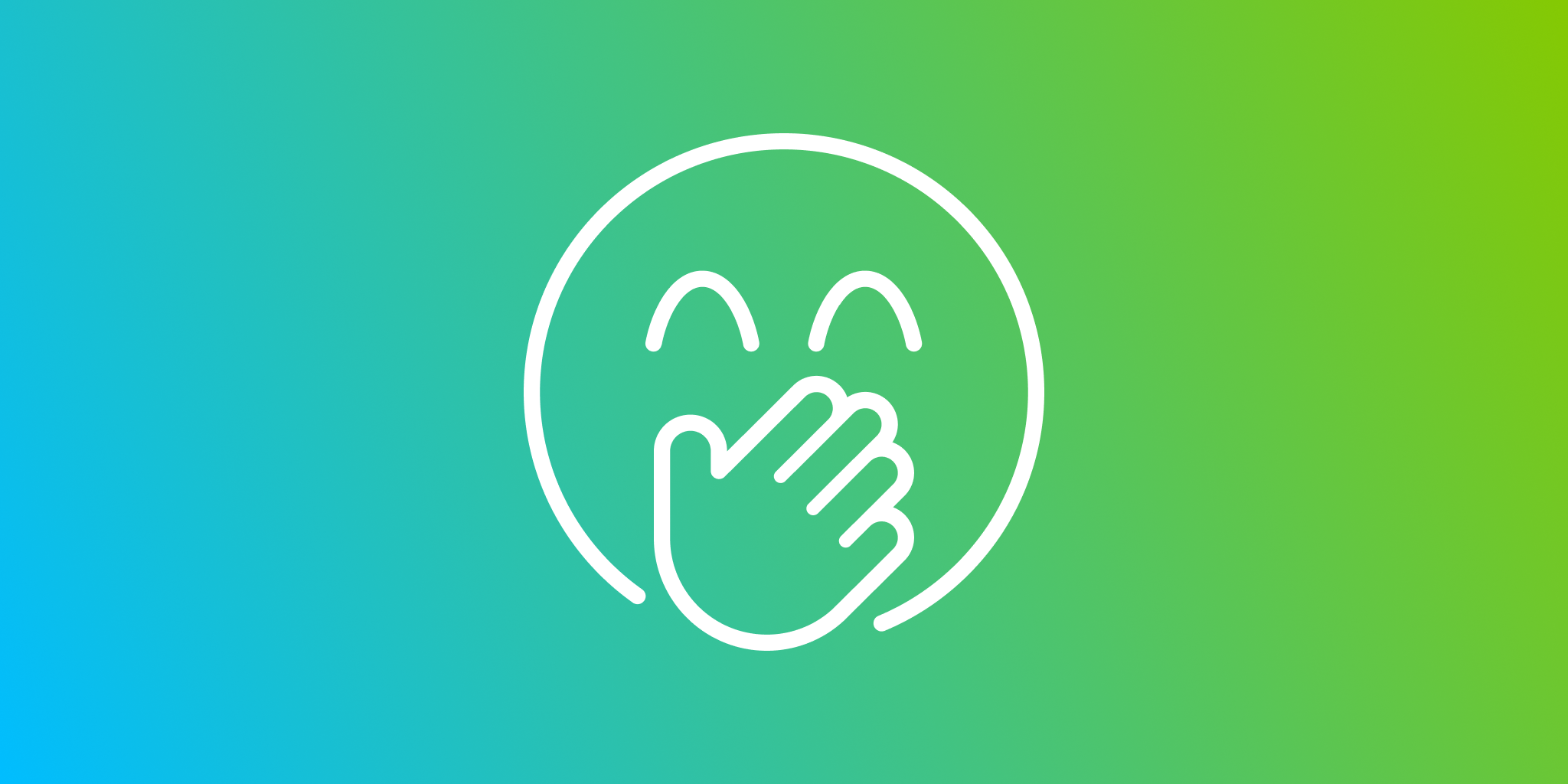A millennial manager's guide to the latest emoji use and slang

Hey, fellow millennial managers! 👋 Let’s be real—staying hip with the latest emoji use and slang isn’t just for keeping up with your younger colleagues; it’s about mastering a whole new language and way of communicating that’s rapidly evolving. Whether you’re trying to decode a Slack message from your teammate that feels more like hieroglyphics or just want to avoid using the wrong emoji in a company-wide email, this guide is here to help you navigate the ever-changing world of digital lingo. So, buckle up as we dive into the quirks and nuances of modern communication—because nobody wants to be the manager who thinks the fire emoji is just for actual fires. 🔥 😆
So, let's start with how we got here. I realized like many of you that many emojis that we've been using for years may now get an eye roll from younger employees or maybe even come off as passive-aggressive, because the world is ever-evolving. For instance, the crying laughing emoji 😂 that we once loved so much? Yeah, it’s considered outdated now, replaced by the skull emoji 💀 to signify “I’m dead” (aka, “that’s so funny I’m dead”). Let’s not forget the thumbs-up 👍—harmless, right? Well, it also can be perceived as dismissive or sarcastic by some, so unless you’re certain, it might be best to avoid it in casual chats, or chats where you're given quick feedback.
Here's a quick guide to keep handy
- “IYKYK” – Short for “If You Know, You Know.” Used to imply that something is an inside joke or reference that only a select group understands. For example, “That meeting was a bit of a circus, IYKYK.”
- "Big yikes" = "That is very disappointing and I do not approve"
- "Cap" = "That is a lie"
- “Bet” – Translation: “Okay” or “You got it.” It’s a way to show agreement or enthusiasm. For example, “Can you cover the meeting for me?” “Bet.”
- "Say less" = "I agree with what you are saying"
- "You ate" = "You did a great job" -- used to express admiration or praise
- "Shoot your shot" = "Please do take a chance on this idea; I support you"
- "Tea" = "The latest news"
- "Unserious" = "That is not very important"
- "L" = "That is a negative experience and I disagree with you"
- "W" = "That is a positive experience and I agree with you"
- "Lives rent-free in my head" = "I cannot stop thinking about this"
- "CEO" = Not literally your company's CEO, but "the best at"
- "I'm weak" = "That is absolutely hilarious"
- "Understood the assignment" = "Amazing job"
 = "That is not that funny"
= "That is not that funny" = "That is hilarious"
= "That is hilarious" = "That is so hilarious, that I died”
= "That is so hilarious, that I died”
And there you have it—your crash course in keeping up with the digital lingo of today’s workplace.
How to Use This Guide ⬆️:
Now, the key here isn’t to go overboard and start peppering your messages with every new emoji or slang term you come across. Authenticity is everything. The goal is to be aware of how these symbols and phrases are being used so you can avoid misunderstandings and, more importantly, keep your communication clear and relevant.
Remember, friends, language is fluid, and what’s cool today might be cringe tomorrow. The most important thing is to stay open to learning and adapting. You don’t need to become a slang-slinging, emoji-using machine overnight—just being aware of these trends can help you communicate more effectively with your team.
So next time you’re crafting that Slack message or responding to a group chat, you’ll know exactly when to drop a 💀 or an “IYKYK” to keep things fresh and on point. And hey, if all else fails, you can always go for the classic smiley face 🙂—some things never go out of style.
Now, go forth and communicate like the digital-native manager you were always meant to be!